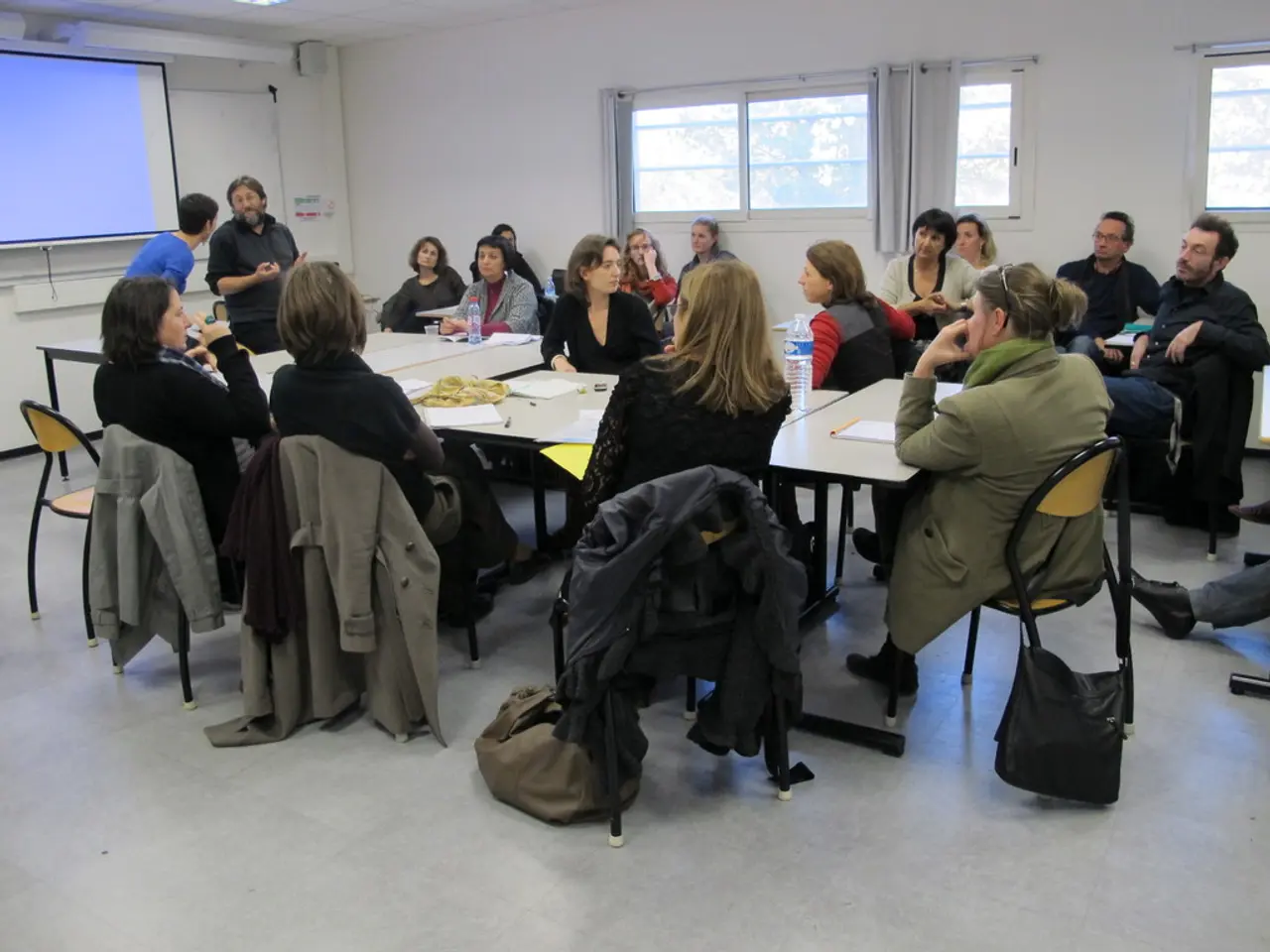Maintaining Biological Diversity: Essential Strategy for Data Centres and Private Equity Investments
The 2022 United Nations Kunming-Montreal Global Biodiversity Framework (GBF) has set key targets that are pertinent to private equity firms and data centers. These targets aim to protect and conserve biodiversity, reverse loss, and mitigate threats.
One of the primary targets is the conservation and management of 30% of land, inland waters, coastal, and marine areas by 2030. This includes protecting biodiversity hotspots and reversing degradation in ecosystems worldwide.
Another significant goal is the restoration of 30% of all degraded ecosystems globally. This restoration applies to both land and sea, with the aim of halting biodiversity loss.
Private equity firms are encouraged to invest in projects and companies that align with ecosystem restoration, sustainable land and water use, and reduced pollution footprints. The framework calls for mobilizing at least USD 200 billion per year in finance from both public and private sectors, making private capital a crucial player in achieving these goals.
For data centers, the focus is on minimizing pollution risks, reducing carbon and resource consumption footprints, and supporting nature-based solutions to climate change. Compliance with sustainable management of land and water resources and avoiding habitat degradation is also essential.
As biodiversity-related disclosures become standardized, data centers will likely face increasing pressure to assess and disclose biodiversity risks and impacts linked to their operations.
In the construction phase, using sustainably-sourced, recycled, or repurposed materials and adopting circular economy practices can reduce the hidden impacts on nature. During the decommissioning of a site, it should be restored to its natural state to benefit local biodiversity.
During data center operations, using renewable energy sources, installing water-efficient cooling systems, recycling water, and repurposing waste heat can significantly reduce the environmental footprint. Optimizing land use in data center design includes incorporating green roofs with solar panels.
When a data center reaches the end of its life, reusing or repurposing building materials through pre-deconstruction audits should be prioritized.
Experts such as Dr. Andrea Bueno, a Biodiversity Consultant at Ramboll in Germany, and Robert Nussey, the Nature Positive Manager at Ramboll in the UK, emphasize the importance of embedding biodiversity considerations into every stage of a data center's lifecycle. This approach can significantly reduce its environmental impact and support long-term operational viability.
In summary, private equity firms and data centers should focus on aligned investments and operations that contribute to ecosystem conservation and restoration, pollution reduction, sustainable resource use, and transparent biodiversity impact measurement in line with the Kunming-Montreal GBF targets.
- To aid in reaching the Kunming-Montreal GBF targets, private equity firms are urged to invest in projects and companies that promote sustainable land and water use, reduced pollution footprints, and ecosystem restoration.
- In line with the GBF, data centers are expected to minimize pollution risks, reduce carbon and resource consumption footprints, and support nature-based solutions to climate change.
- As part of their operations, data centers can significantly reduce their environmental footprint by using renewable energy sources, water-efficient cooling systems, recycling water, and repurposing waste heat.
- Experts suggest embedding biodiversity considerations into every stage of a data center's lifecycle to reduce its environmental impact and ensure long-term operational viability.
- Personal growth and education in self-development can play a role in fostering a lifestyle that supports sustainable living and the conservation of biodiversity as outlined in the Kunming-Montreal GBF.
- Beyond private equity and data centers, the home-and-garden, real-estate, technology, and environmental-science sectors can contribute to the success of the GBF by adopting sustainable practices, promoting circular economy principles, and leveraging data-and-cloud-computing for efficient resource management.




